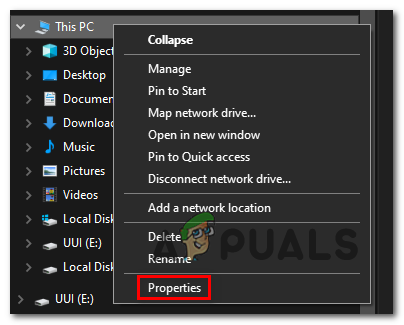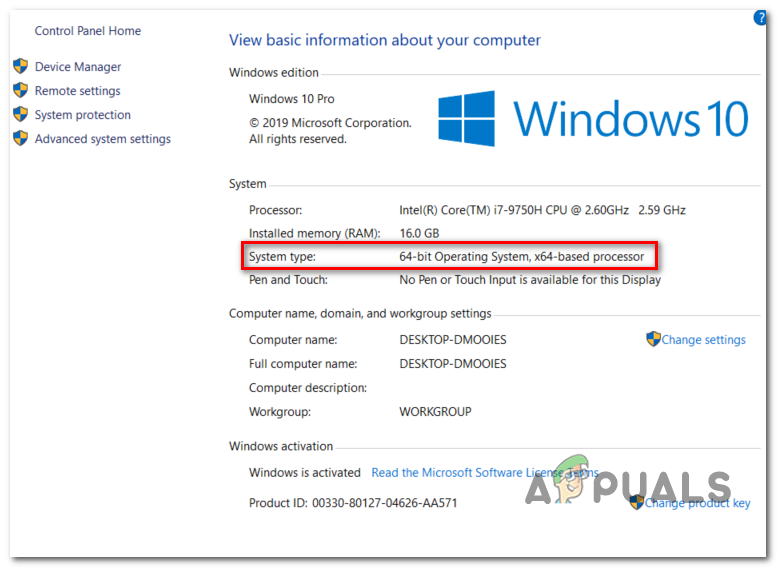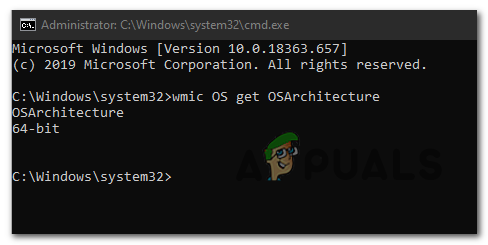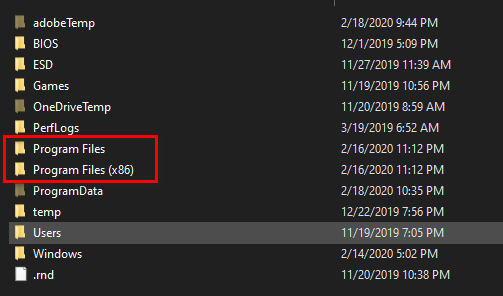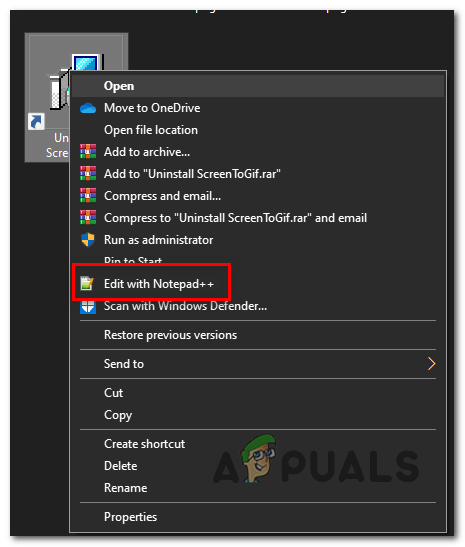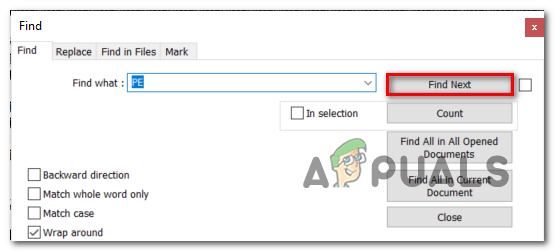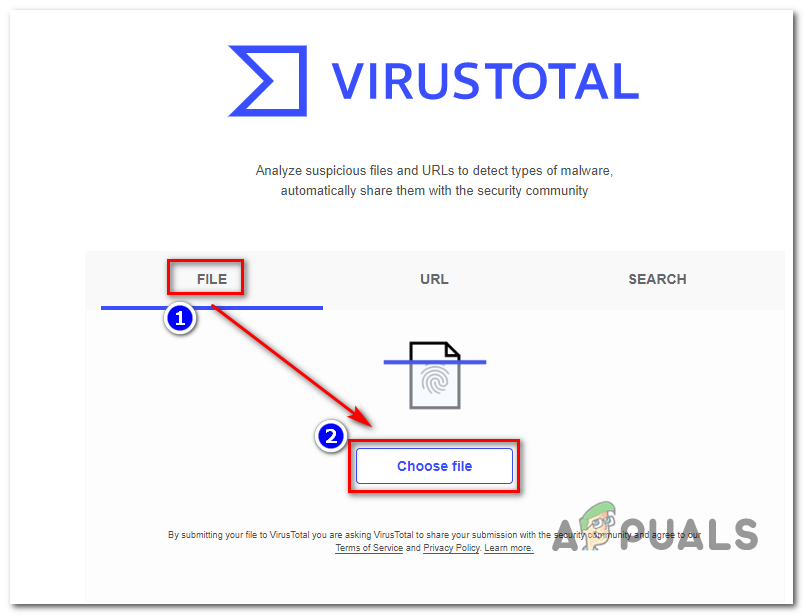If you have a 64-bit Windows version, you should always look to install 64-bit binary type applications since they will perform better on your computer. However, 64-bit applications will not function properly on 32-bit Windows versions. Because of this, Windows users are looking for ways to discover their Windows architecture type and figure out if the applications they installed are 64-bit or 32-bit. If you’re one of them, this article will clear the confusion. Start by following the guide below to discover your OS architecture. After you find that out, follow any of the methods below that will allow you to discover if the file or program is of 32-bit or 64-bit. Let’s get started!
How to Find Out your Windows Architecture?
Before you start testing out the different ways of discovering the binary type of a program, it’s important to start by double-checking your Windows installation architecture. This will allow you to ensure that you’re always installing the best binary version of the apps that make their way on your computer. Note: If you’re already certain of your windows architecture, move down directly to the ‘How to Check if Program or File is 32-bit or 64-bit‘ section. There are multiple ways that will allow you to find out if you have a 32-bit or 64-bit Windows installation. But for the sake of keeping things simple, we’re only going to feature two different approaches – finding our Windows architecture via GUI or via CMD. Feel free to follow whichever guide you feel more comfortable with:
1. Finding out the WIndows Architecture via Windows Menu
Note: If you have an x64-based processor, it makes no sense to install a 32-bit Windows version since you’ll end up limiting the performance of your computer.
2. Finding out the Windows Architecture via CMD
How to Check if Program or File is 32-bit or 64-bit
After you’re certain what OS architecture you have, you can use one of the methods below to discover the program architecture of the programs or files that you want to inspect. There are several methods that will allow you to do this, but depending on which file you need to analyze, some methods might be more applicable than the other. In case you are looking to determine the binary type of a program that was installed conventionally, follow Method 1 and Method 2. However, if you just want to analyze a single file or you want to expose the Machine Target of a portable executable, follow Method 3 or Method 4.
Method 1: Checking Program architecture using Task Manager
If you’re looking to inspect a program that is already installed on your computer, the most efficient way to do it is via Task Manager. It’s clean and efficient, allowing you to view a list of every installed application according to the platform (32-bit or 64-bit) Here’s a quick guide on configuring Task Manager to display whether it’s built for 32-bit or 64-bit: In case you want to check the binary type of the program without opening it up so it shows up in Task Manager, follow one of the next two methods below.
Method 2: Checking in Program Files (if applicable)
If the program you’re trying to inspect was installed conventionally in the default location, you can also find out its binary type by checking in which of the two Program Files folders it was installed into. If the Program was installed inside the Program Files folder, it’s clearly of 64-bit. But if the files and the main executable resides in the Program Files (x86) folder, it’s of 32-bit. Here’s a quick guide on how to check this manually via File Explorer:
Method 3: Inspecting executable via Notepad++
In case you want to inspect the binary type of a program that wasn’t installed or isn’t signed by a publisher, the easiest way of discovering its binary type by opening the executable with a third party text editor like NotePad++. As it turns out, you can easily discover the binary type of any executable by opening it via Notepad. Here’s a quick guide with what you need to do:
Method 4: Analysing file with VirusTotal
If you’re only looking to analyze a file – not a program that is already installed and uses a background process – the easiest to discover it’s binary type is to upload it on VirusTotal. Sure, the main use of this process is to determine if the file is infected, but it can be used just as good to discover the PE header’s basic information. The only requirement is to have your computer connected to the Internet. Here’s how to discover the binary type of a file using VirusTotal:
How to Install 32-Bit Software on 64-bit WindowsWindows 10 on ARM Will Be Able To Run 32-Bit and 64-Bit Applications With New…Google Following Apple iOS and macOS By Going All 64-Bit For Android And…Fix: File is Open in another Program

